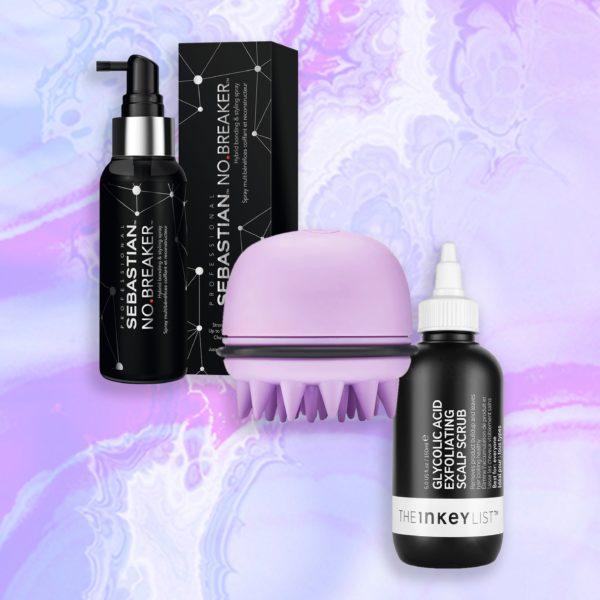Physical Symptoms of Stress: Hair Loss, Breakouts & More | The Science of Beauty Podcast | Allure
Also: Keep your showers short (10 minutes or less) and moisturize your entire body as soon as you get out. This is especially helpful if you get eczema flare-ups — for those, Wechsler specifically recommends using pure safflower oil as a moisturizer because it is rich in linoleic acid, a natural oil in our skin. Using a humidifier can also help get moisture back into the air, and subsequently your skin.
The scalp is also skin, which is why some people find that they experience more dandruff during stressful periods. If that sounds like you, Wechsler recommends an over-the-counter dandruff shampoo. “It really needs to sit on your scalp for about five minutes,” she says. “Three times a week is good.”
If you’re still feeling itchy and irritated after all of this, Wechsler says an antihistamine like Zyrtec or Claritin can help. Finally, you can try a topical prescription steroid so calm inflamed skin, but that’s something to speak to your dermatologist about.
Breathing Exercises for Stress Relief
Both guests on our episode agreed that practicing proper breathing techniques when you’re stressed can be massively beneficial. (Perhaps your Apple Watch is on to something with those notifications after all…) “When you learn to breathe better, you calm yourself down,” Vranich says. “That means your heart rate automatically comes down. Your blood pressure comes down. You put yourself in that lovely parasympathetic state which is rest and digest.”
Vranich’s work is centered around a concept she calls the Breathing IQ, which “looks at the flexibility of your thoracic cavity…to see if you really are taking a deep breath,” she explains.
Vranich says that the most optimal breaths start in your diaphragm, rather than in your chest. “Your diaphragm is an enormous muscle. Think about a personal sized pizza or a frisbee that’s all muscle,” she says. “On the inhale it tries to push your ribs open. On the exhale your body narrows; you’re deflating.” However, most of us don’t breathe that way. “We’ve changed the way we breathe to use our neck and our shoulders, which is part of the reason a lot of us have neck and shoulder pain,” Vranich explains.
To practice good breathing techniques, Vranich says to start by taking your hands and putting them on your belly, as if you were wearing a hoodie with a front pocket. On the inhale, tip your hips forward and push your belly into your hands. On the exhale, squeeze your abs like you’re doing a crunch, using your hands to help guide your belly button toward your spine. Once you’ve got that down, you can add a balloon to your practice: Inhale through your nose, then blow into the balloon on the exhale. This helps build even more strength in your exhale.
Other Ways to Reduce Stress and Its Effects
After you’ve sufficiently moisturized and gotten great at blowing up that balloon, there are other things you can do to lower your stress levels. Of course, what works will be different for everyone, so there will likely be some trial and error in the process of de-stressing. (For example, Wechsler says the supposedly-relaxing scent of lavender just makes her feel irritated; jasmine is her preferred wind-down scent of choice.)








